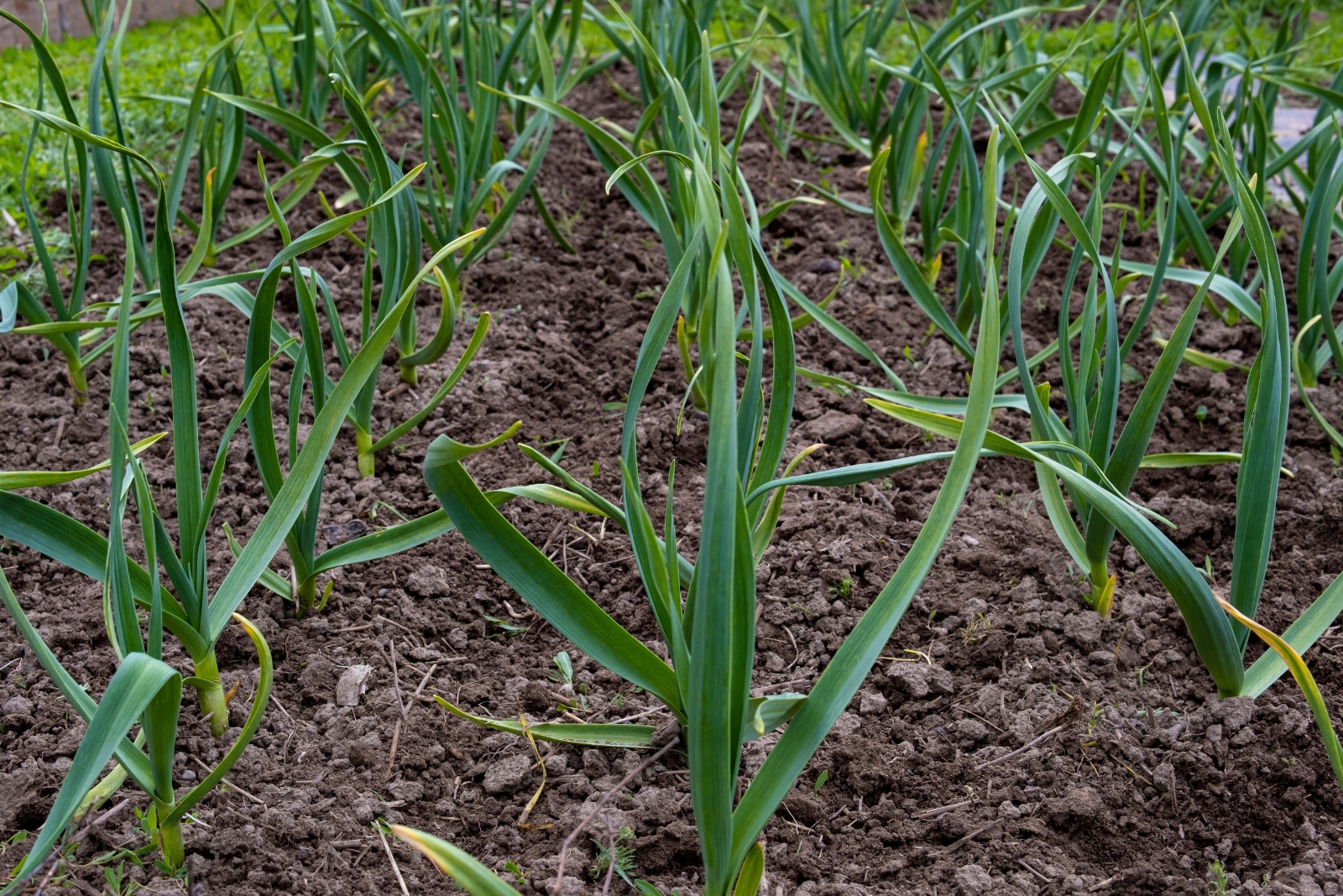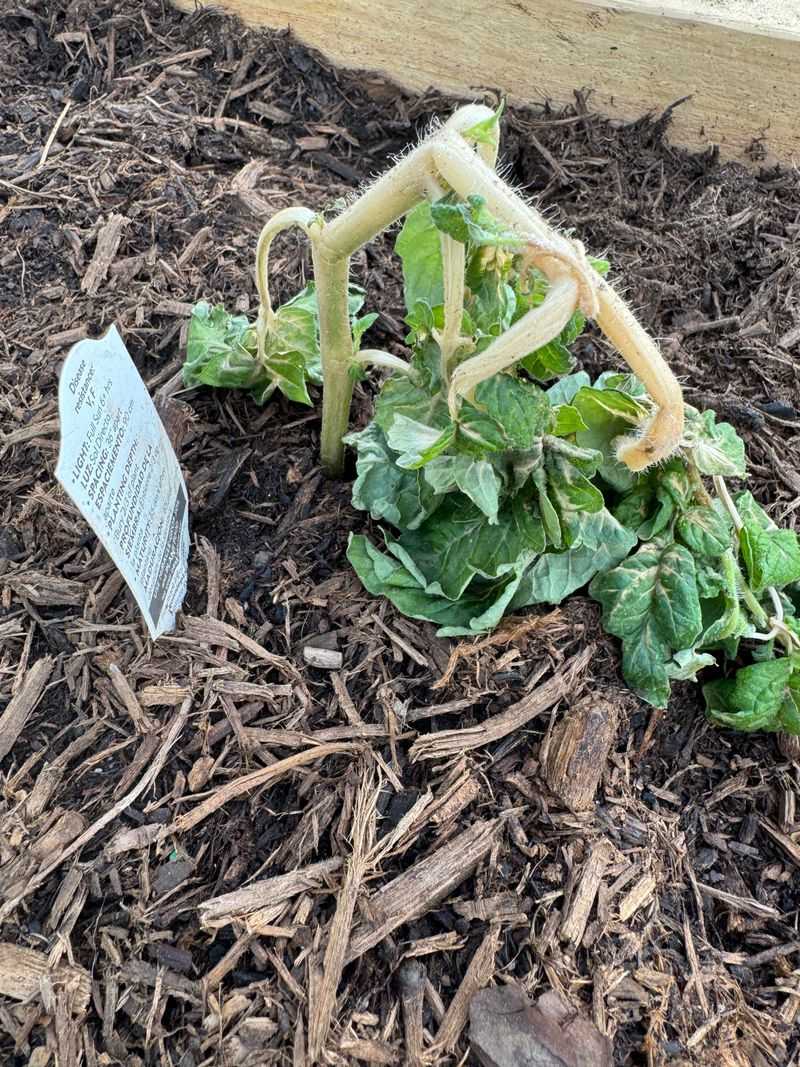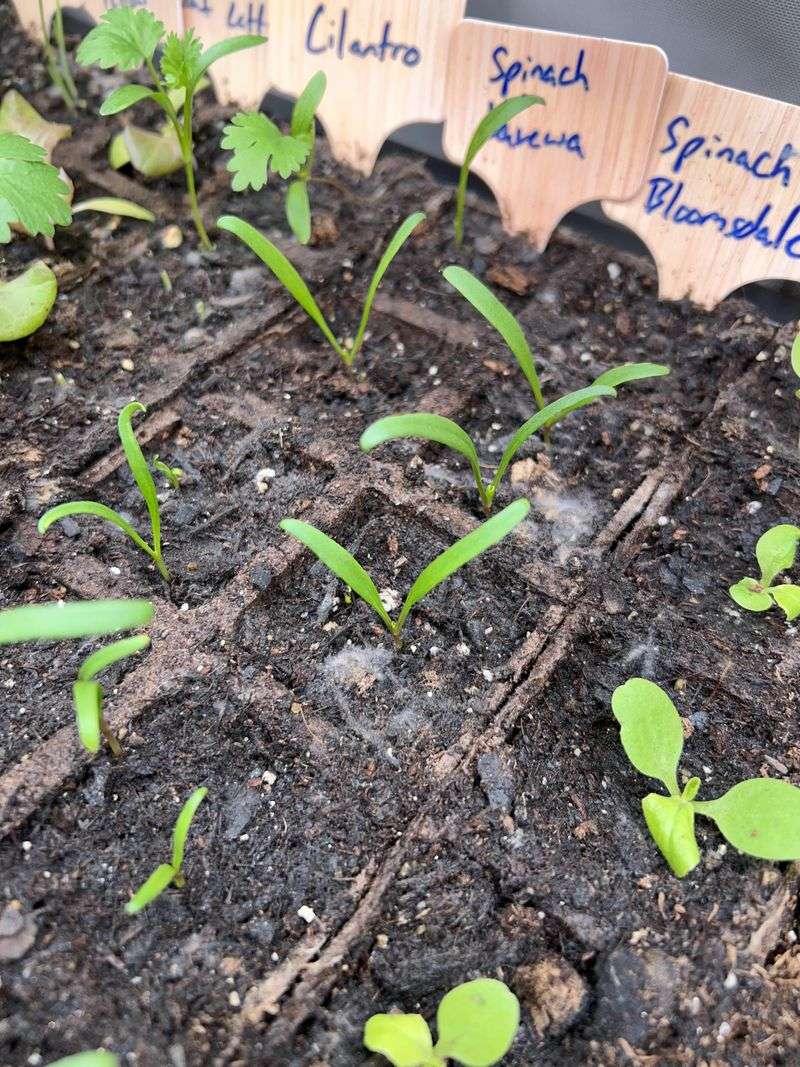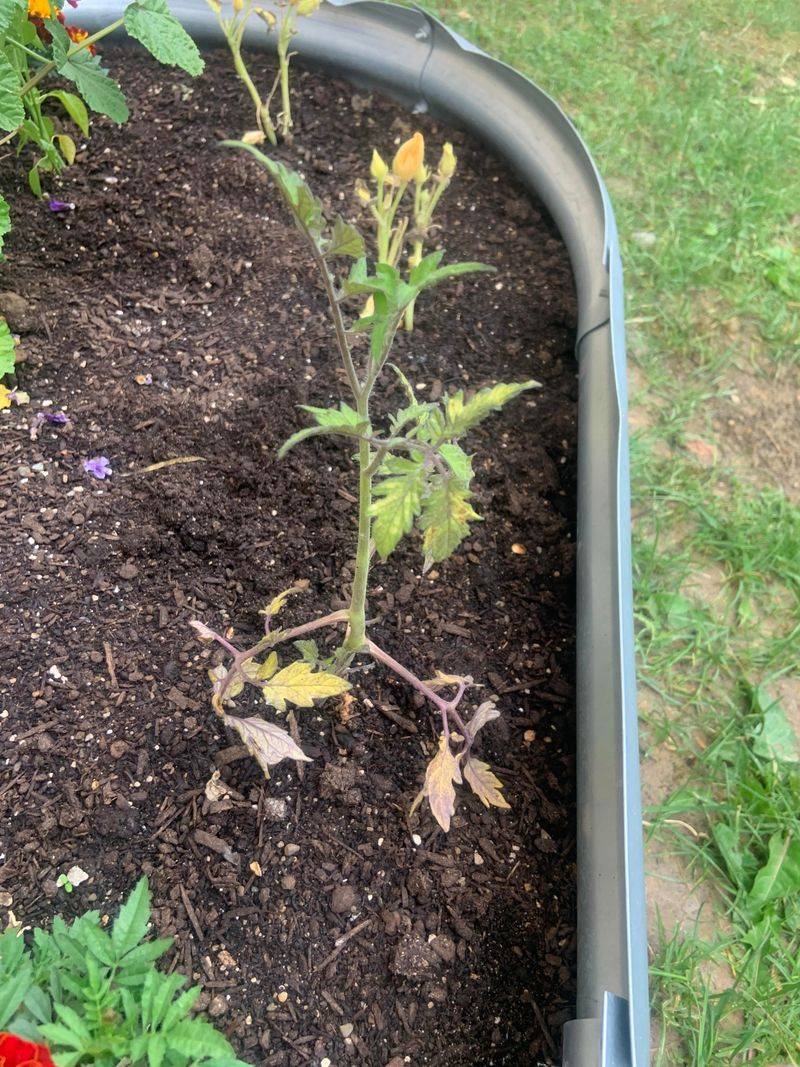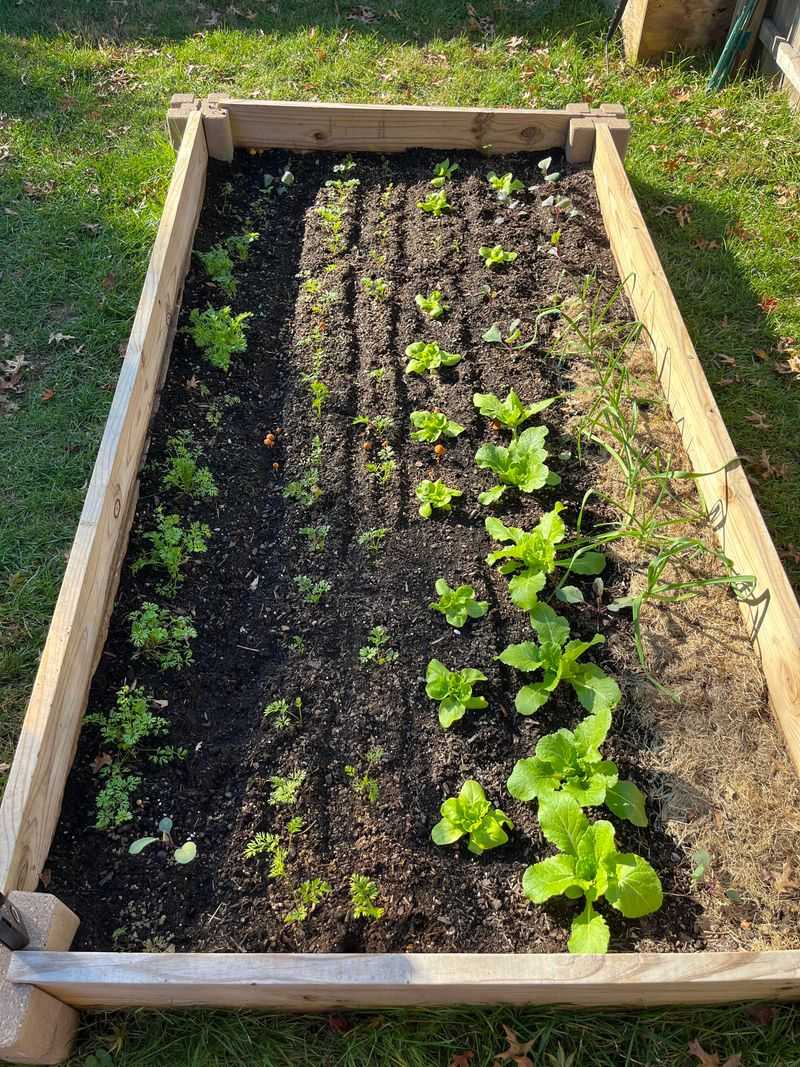I found out the hard way that ignoring soil temperature is the mistake Colorado gardeners keep making with their winter veggies. The air can feel mild, but the ground underneath tells a completely different story.
I planted once without checking, and those seedlings just sat there shivering instead of growing. Paying attention to soil temperature gives your winter veggies the strong start they need in Colorado’s tricky cold season.
1. Seeds Won’t Germinate in Frozen Ground
Seeds need warmth to wake up and start growing, even cold-hardy varieties. When Colorado soil drops below 40 degrees Fahrenheit, most winter vegetable seeds simply won’t sprout.
They’ll sit dormant in the ground, wasting your time and money. Some seeds might even rot before temperatures rise enough for germination.
Checking soil temperature with a simple thermometer before planting saves you from replanting later. Wait until your soil reaches at least 45 degrees for better success with winter crops like spinach and kale.
2. Root Development Stalls Below Optimal Temperatures
Strong roots are the foundation of healthy plants, but cold soil puts root growth on pause. In Colorado’s chilly conditions, vegetables struggle to develop the robust root systems they need to absorb water and nutrients.
Carrots, beets, and radishes become especially stunted when planted in soil below 50 degrees. Their roots stay small and weak, unable to support the plant properly.
Warming the soil with row covers or waiting for milder days helps roots establish quickly and grow vigorously throughout winter.
3. Nutrient Absorption Drops Dramatically in Cold Soil
Even when nutrients are present in your Colorado garden soil, plants can’t access them efficiently when temperatures plummet. Cold soil slows down the chemical reactions that make nutrients available to plant roots.
Nitrogen, phosphorus, and potassium become locked away, leaving your vegetables essentially starving despite being in fertile ground. Leaves turn pale yellow, and growth slows to a crawl.
Monitoring soil temperature ensures your plants can actually use the fertilizer you’ve added, making your gardening efforts worthwhile instead of frustrating.
4. Transplant Shock Becomes More Severe
Moving seedlings from a cozy indoor environment to freezing Colorado soil creates serious stress for young plants. The temperature difference shocks their systems, causing them to wilt and sometimes never fully recover.
Broccoli, cabbage, and cauliflower transplants are particularly vulnerable to this sudden change. Their leaves droop, growth stops, and they become more susceptible to pests and disease.
Gradually hardening off plants and ensuring soil reaches at least 50 degrees before transplanting reduces shock and helps your vegetables adjust smoothly to outdoor conditions.
5. Disease and Fungal Problems Multiply
Cold, wet soil creates a perfect breeding ground for harmful fungi and diseases that attack winter vegetables. When Colorado soil stays too cold, plants grow slowly while pathogens remain active, giving diseases time to take hold.
Damping-off disease becomes especially problematic, causing seedlings to collapse at the soil line. Root rot spreads quickly through cold, waterlogged ground.
Planting when soil temperatures are appropriate allows vegetables to grow faster than diseases can spread, keeping your garden healthier throughout the winter months with fewer problems.
6. Energy Gets Wasted Instead of Building Strong Plants
Plants are survival experts, but cold Colorado soil forces them to spend energy just staying alive instead of growing. When soil temperatures drop too low, vegetables divert resources to basic survival functions rather than developing leaves, stems, and roots.
Growth becomes painfully slow, and your harvest gets delayed by weeks. Plants remain small and weak, producing less food than they should.
Planting at the right soil temperature lets vegetables focus their energy on vigorous growth, resulting in bigger, healthier plants that produce abundant harvests for your table.
7. Harvest Timing Gets Pushed Back Significantly
Jumping the gun on planting in cold soil doesn’t give you an earlier harvest in Colorado—it actually delays everything. Vegetables planted in frigid conditions grow so slowly that later plantings in warmer soil often catch up and surpass them.
Your carefully planned winter garden schedule falls apart when plants sit idle in cold ground for weeks. What should take 30 days to mature might take 60 or more.
Patience pays off when you wait for proper soil temperatures, resulting in faster growth and vegetables ready to harvest when you actually want them on your dinner table.

